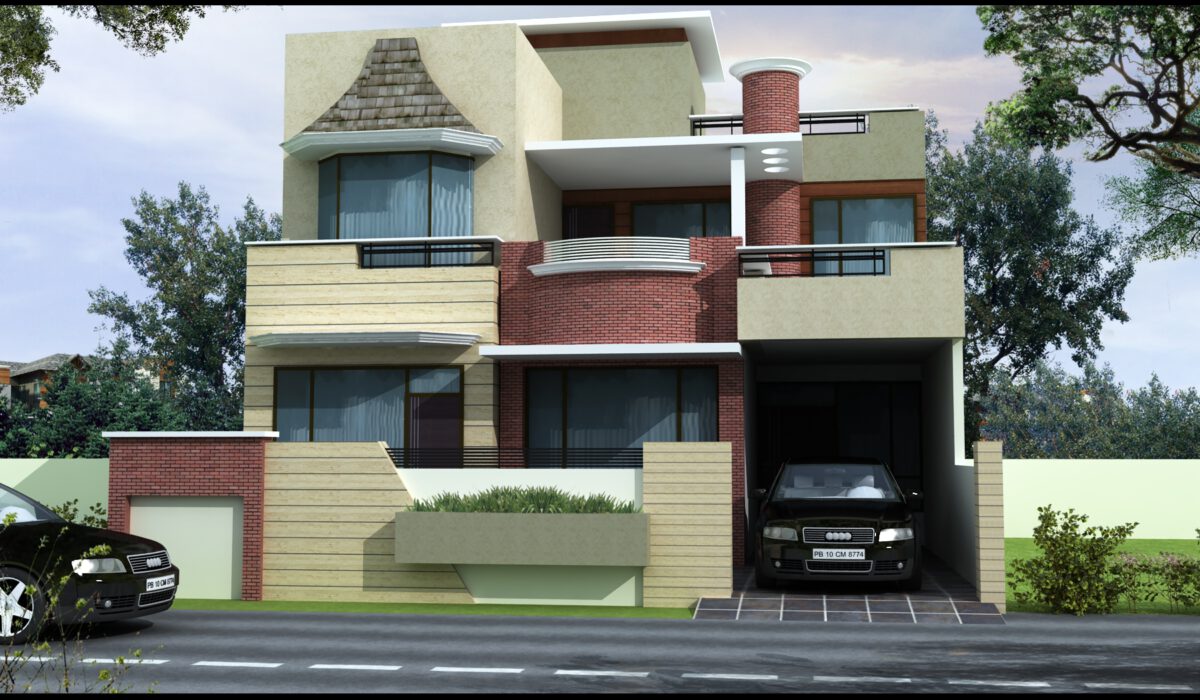1. Always use fresh cement for construction work. Check the date of manufacture and don’t accept cement bags more than two months old. Manufacturers attach tags to cement bags and these tags carry the week and year of manufacture. Don’t confuse the week with the month. A tag with a 12/07 stamp means 12th week of year 2007. Don’t read it as December, 2007. Remember that cement absorbs moisture from air. Cement more than two months old may generally lose 30 to 40 % of its strength if not stored properly. Try to get as fresh cement as possible.
2. Manufacturing of cement has seen a technological revolution recently and the cement being manufactured by reputed manufacturers is of extremely good quality. Always select a reputed manufacturer. Further, consult a structural engineer and decide whether to use Ordinary Portland Cement (OPC) or Portland Pozzolana Cement (PPC). You may use different type of cement for different components of the building but generally it is not practicable. Type of a structure affects the choice of cement so better is to ring up an engineer and ask.
3. Choose right grade of cement. PPC has no grading and its bags carry IS1489 mark. OPC has three grades i.e. 33, 43 or 53. OPC grade 33 carries IS269 mark, grade 43 carries IS 8112 mark and grade 53 carries IS 12269 mark. PPC is considered equal to 33 grade cement. 53 grade cement is strongest among all these though its cost difference is marginal. However it requires more curing and should be chosen if adequate curing arrangements are available. Again consult your engineer to decide the cement grade to be chosen. OPC is hardly available in the market. If you are choosing PPC, no need to consult anyone regarding the grade as it has only one grade. If OPC is the choice, then grade should be pre-determined. Many brands are available. Follow recommendations of your engineer to choose a good brand.
4. Quality of sand plays an important part in building construction. Better sand helps concrete attain better strength. For RCC work, always prefer to use coarse sand. Have a feel of the sand and you can judge its coarseness. Engineers check the quality of sand by checking its Fineness Modulus but that may not be practical for a common man. Another dangerous factor is the presence of clay lumps in sand. More is the clay or silt in sand, more unsuitable it becomes for use. These factors can be controlled by checking the source of sand. When getting from the rivers, get it from near the inner edge of meander. Don’t be casual here but insist for clay and silt free coarse sand.
5. Proper storage of sand also helps in preventing mixing of soil with sand. Develop a temporary platform of bricks at site and get the sand unloaded over it. At a later stage of work when tile terracing is being done, ask the workmen to keep the clay puddle for tile terracing away from sand storage. See that leftover of concrete done during the day should not be thrown into the mound of sand.
6. Don’t be negligent towards the quality of water to be used for construction work. Water used must be clean, having no odour or taste, rather fit for drinking purpose. If the water contains dissolved chlorides or sulphates, it may cause great harm to the steel embedded in concrete as these salts are enemies of steel and corrode it quickly. Look for a good source of water. Generally a hand pump or tube well is installed at site before the construction begins. No harm in spending a few hundred rupees on getting the sample of water tested and knowing its worthiness.
More tips will follow next week. Till then, happy building!


